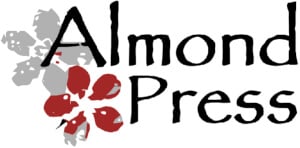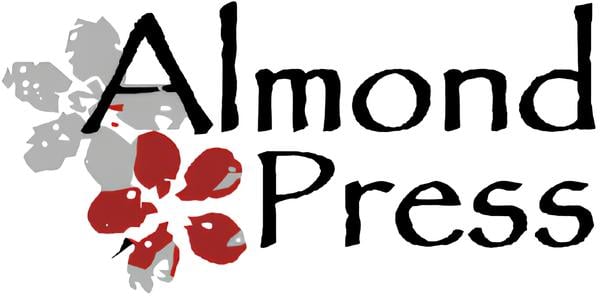How to Write: Short Stories
Short stories are regarded as one of the hardest things to write well, and this has some truth! While writing 80,000 words takes more time and requires more continual effort, short stories are effectively packing almost as much information into 10% of the words. So, here’s some pointers in how to write effective short stories.
-
It’s got to be short
I know, this is kinda a ‘well, duh’ thing. But you’d be surprised how easy it is to approach short stories as if you’re writing a longer work, and then suddenly realise you’ve hit 8000 words and you’re only halfway through the story…
Short stories are short. You don’t have the luxury of waffle, set-up or info-dump. That’s not saying you can’t put background information in, or explain things; but there’s a definite line between not-enough information, just-enough, and waaaay-too-much. You have to let the story speak.
-
It doesn’t have to be a complete story…
You don’t have to make the story self-contained. It can be part of a larger story or world, or part of a series; it could end on a cliffhanger or a journey. You could tell part of a story from something else; how did X character get that scar? Where did they meet their sidekick? What exactly happened in That Incident? You can write a section of something else, or a point in a longer story.
However…please don’t use a chapter of a Work In Progress as a short story. I don’t think I’ve ever seen it done well; they usually lose too much at both ends, and lack the background and tightness needed for a good short story (see next point).
-
…but it’s better if it is
Short stories do work better if they have a beginning, middle and end (which is where chapters usually fall down), and they do work better if they’re self-contained. It’s very hard for stories that don’t have this containment; they don’t have the resolution needed, or don’t have enough information. They annoy rather than tantilise; they try to lead on to the next page, which isn’t there.
The idea with a short story is usually to tell one message; it’s to have one theme, one idea, one story that you’re telling. It might be part of something bigger, but it needs to be satisfying as it is.
-
Do as much work as you would for anything else
Plot. Plan. Characters. Theme. There might be less words in the story, but it’s the same amount of work – and if anything, you need to do more work for a short story! You need to have every loose end tied up. You need to have a plot that does something, sucks the reader in immediately and keeps them there. You need to have characters that are vivid immediately. The reader needs to get hooked and stay hooked.
In addition to things like plot and themes, you also need to consider your words and writing style. Can you reduce that waffled paragraph to a sentence? Do you really need that background, or could it be dismissed as something simpler? Can you simply hint at a problem rather than fully explaining it? And then suddenly, you’ve gained words! You can expand on that action scene, include the one bit of background that you really want to say about your protagonist, add in that conversation that provides some nice intrigue. Get rid of the waffle, and then you can focus on the things you want to be in your story.
-
They’re fun
Short stories are hard work, but they’re also great fun. You can explore themes. You can write that one scene that doesn’t quite fit anywhere and doesn’t have context, but is stuck in your head. You can try different styles of writing, but you’re not stuck with 80k words of it. You can mix genres. You can play.
Short stories are a brilliant way to experiment, and to try things that you wouldn’t otherwise. They’re hard to do, sure, but definitely worth doing – and they’re always good for writing competitions!
Green Sky & Sparks
by Kate Coe
- What is a writing competition? Why should I pay to enter? - November 15, 2018
- How to Write the Book Introduction to Hook Your Reader - October 7, 2017
- How to Write: Self-Publishing Your Work Online - October 1, 2017



